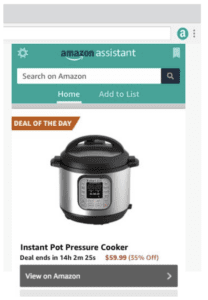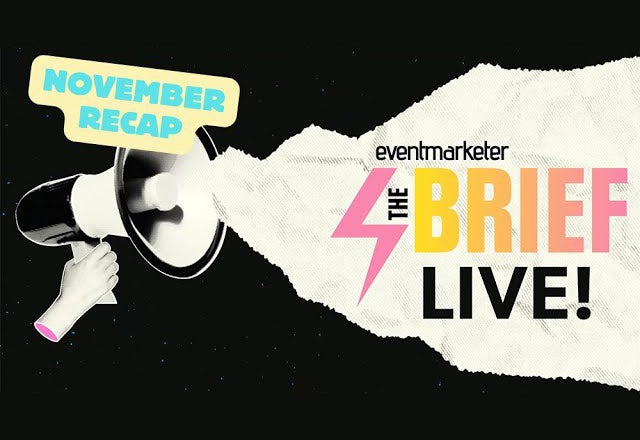
In coordination with Prime Day, Amazon launched a $10 store credit incentive for customers who install Amazon Assistant, a browser extension for comparison shopping across the web. Though Amazon Assistant has been around for years, the adoption push from the company last week is timely and even predictable, considering how much harder it just became to collect user data from third parties without an opt-in.
It’s no surprise that Amazon would go for those opt-ins during deal days. Unlike Google, Apple and Microsoft, Amazon doesn’t have its own browser to leverage as a portal into what’s happening off its own site—data it could use to improve its marketing, products, and services.
But the promotion is still rubbing some the wrong way. By agreeing to the terms of Amazon Assistant’s free service, customers are, knowingly or not, agreeing to be followed around online, to share some of their behavioral patterns and interaction data with Amazon. The hope, of course, is that they’ll do so knowingly. Somehow, though, the open commoditization of this tacit agreement—complete with a $10 price tag—felt kind of icky to some. (The Prime Day timing might not have helped…you half expected to see Your Privacy advertised on those Deals Under $10 lists). It’s sparking criticism around the move’s inherent self-interest, fueling speculation of intentional misdirection and trickery.
But is that really fair?
In this new era of consumer behavior, our access to products, goods, and services is increasingly limited to a handful of merchants, and by extension, our purchases are, too. Shoppers are increasingly ok with this whole thing—we’re getting more ok with it all the time, in fact, if the steady dominance of Mary Meeker’s top five is any indicator. Despite cautionary headlines, it turns out most consumers would rather get to the best purchase outcome easier and faster, even if it means giving up control, choice and even privacy in the process.
Of course, paying for convenience—whether through brand loyalty or outsourcing the effort of decision-making to an assistant (human or bot)—is absolutely nothing new. It just wasn’t really middle-class behavior, and it was a luxury paid for with money, not data. What has changed about convenience today is its currency, and with that, its democratization.
You May Also Enjoy:
- Speak Up: Voice Search Changes Consumer Behavior
- Kohl’s Amazon Returns Deal Improves In-Store CX
- Good Omens and Amazon Bring the Apocalypse to SXSW
As Amazon’s willingness to pay users to install Amazon Assistant indicates, consumers can now choose the more convenient shopping path at every price point because data as currency evens the playing field. Shoppers’ data—precious, unique, ever-evolving and, best of all, effortless—is their inexhaustibly deep pocket, available and within their power to monetize. In the best case, the willing and secure exchange of personal data can be the ticket to a more bespoke, luxurious shopping experience than many would otherwise be able to afford.
Of course…there’s also the worst case. But if anything, Amazon’s promotion should be seen as a sign of progress.
In this mid-2019 post-storm tentative calm, scandals around the misuse and abuse of consumer privacy are becoming fewer and regulation is coming to bear, putting more power in the hands of consumers. That power will continue to change shape from the simple option to say No to being tracked to the ability to say Yes, but.
The notion of consumers selling their own data, at different price points for different gains, is just kicking off, and, once the stigma wears off, it’s likely to normalize. And maybe, in an eerie parallel to other lessons we’ve been forced to confront in the last couple of years, the next chapter of the data story is about the mutual benefits of a value exchange based on honest communication and responsibly-obtained, knowingly expressed consent. Amazon is just turning the first page.
Margo Kahnrose is SVP of marketing for Kenshoo.




